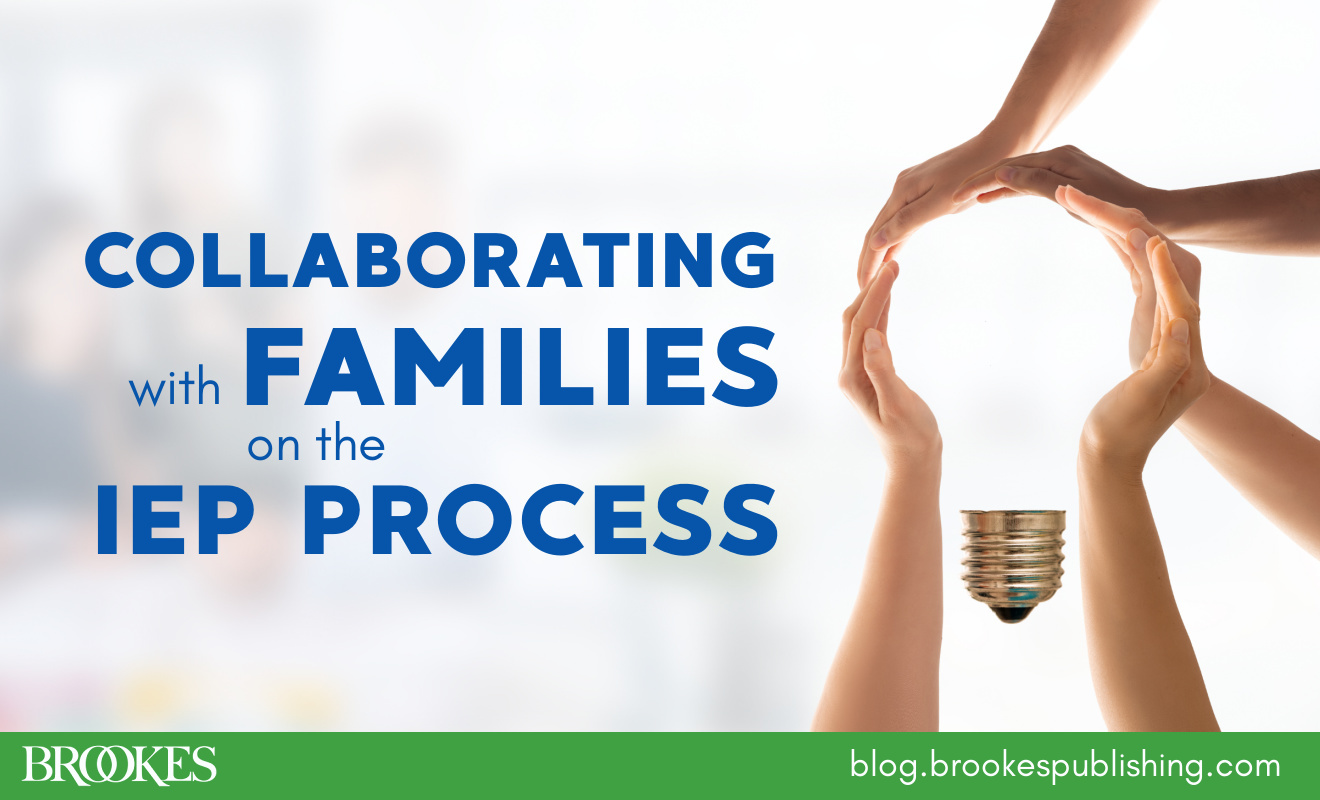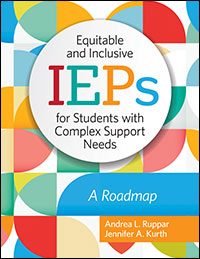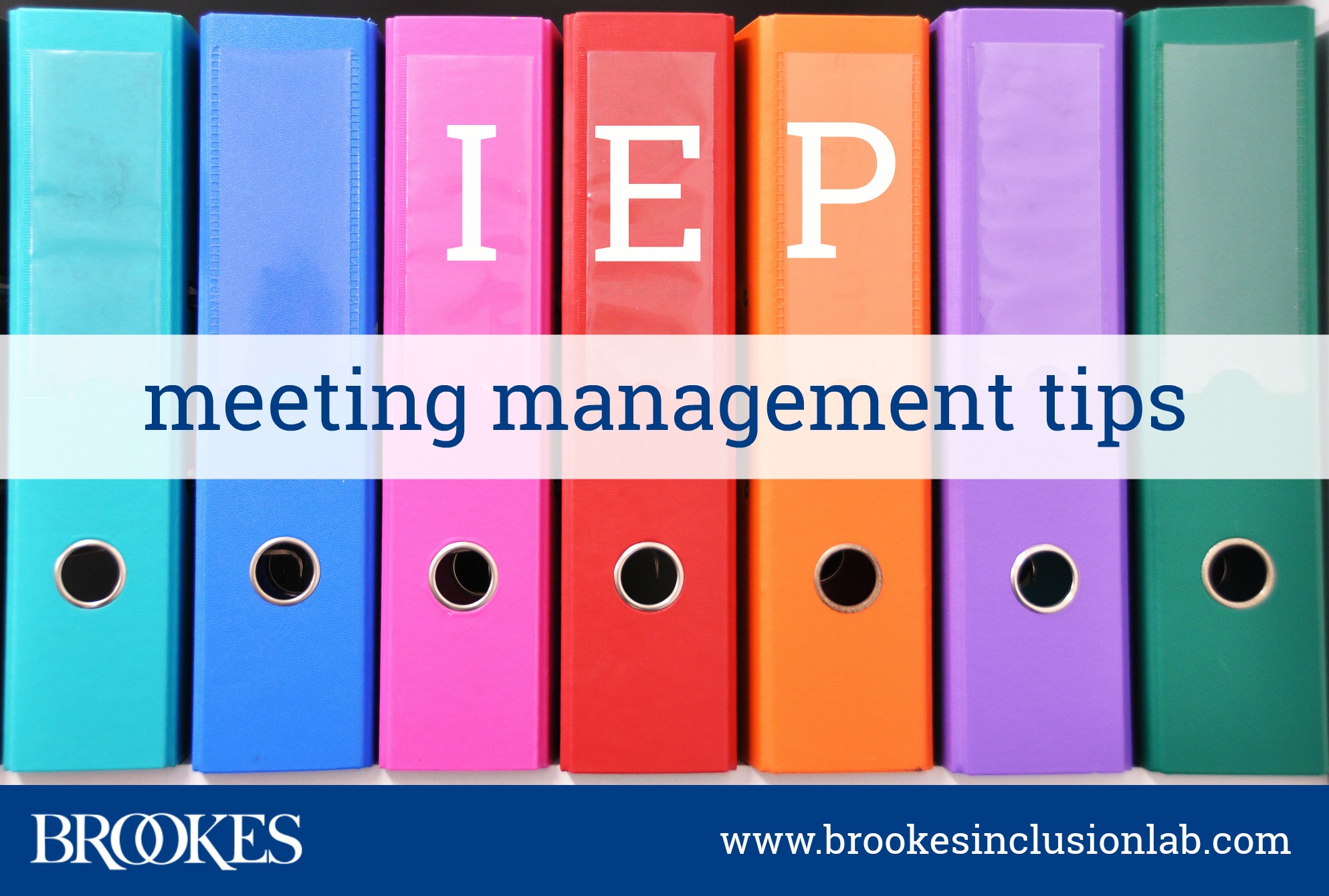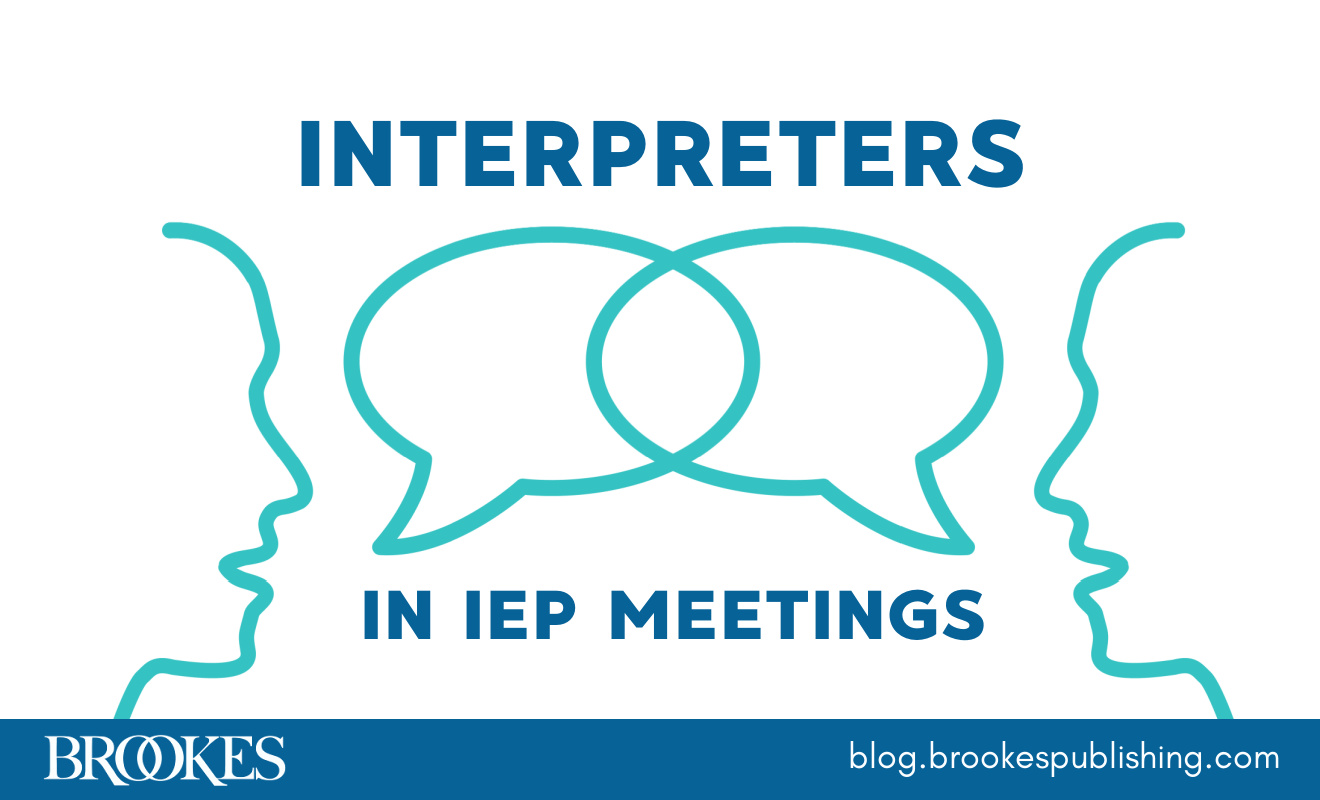4 Barriers (and Solutions!) to Family Participation in IEPs
January 17, 2023
 Family participation is an essential part of a successful IEP process, but persistent barriers can often derail family involvement. Today’s post highlights solutions to four of these common barriers. Excerpted and adapted from Equitable and Inclusive IEPs for Students with Complex Support Needs by Andrea L. Ruppar & Jennifer A. Kurth—a new book releasing this month!—these tips will help you improve family–school partnerships during the IEP process.
Family participation is an essential part of a successful IEP process, but persistent barriers can often derail family involvement. Today’s post highlights solutions to four of these common barriers. Excerpted and adapted from Equitable and Inclusive IEPs for Students with Complex Support Needs by Andrea L. Ruppar & Jennifer A. Kurth—a new book releasing this month!—these tips will help you improve family–school partnerships during the IEP process.
Barrier 1: Alienating jargon and acronyms
Solution: Communicate clearly and frequently
Often, jargon and acronyms become second nature to educators. For example, “Jessica needs access to her AAC in all Gen Ed classes with push-in support from the SLP to receive FAPE.” This sentence might be perfectly understandable to another special educator, but it could be baffling to somebody unfamiliar with this lingo.
 As an educator, be careful to use clear, jargon-free language when communicating with families, and share important data about the child in easy-to-understand ways. This clear communication should happen frequently to create a welcoming environment. Home–school communication notebooks are a great tool to use for this purpose (see the Ruppar & Kurth book for printouts you can use in these notebooks). Frequent informal meetings and conversations can also support positive relationships, as long as their primary purpose is to learn from the deep knowledge and experiences of families.
As an educator, be careful to use clear, jargon-free language when communicating with families, and share important data about the child in easy-to-understand ways. This clear communication should happen frequently to create a welcoming environment. Home–school communication notebooks are a great tool to use for this purpose (see the Ruppar & Kurth book for printouts you can use in these notebooks). Frequent informal meetings and conversations can also support positive relationships, as long as their primary purpose is to learn from the deep knowledge and experiences of families.
Barrier 2: Families feeling overwhelmed and outnumbered
Solution: Encourage families to bring an ally to meetings
 Usually, family members are outnumbered by professionals during meetings. It’s easy for them to feel overwhelmed with information—and yet they’re expected to make critical decisions about their child’s education. Inviting families to bring a formal advocate, a trusted friend, or another ally to meetings can be enormously helpful to them. This friend or advocate can discuss ideas with families, ask questions of all IEP team members, and support families in ensuring that their priorities and interests are foregrounded.
Usually, family members are outnumbered by professionals during meetings. It’s easy for them to feel overwhelmed with information—and yet they’re expected to make critical decisions about their child’s education. Inviting families to bring a formal advocate, a trusted friend, or another ally to meetings can be enormously helpful to them. This friend or advocate can discuss ideas with families, ask questions of all IEP team members, and support families in ensuring that their priorities and interests are foregrounded.
Barrier 3: Lack of trust in decision-making and follow-through
Solution: Involve families in decisions and always adhere to mutual decisions
Educators must be trustworthy partners. Families must feel they can trust your team to adhere to decisions that are made during the meeting and documented in the IEP itself. Frequent status updates throughout the year can facilitate this, with meetings focused on problem-solving and discussing data with families. It’s also important to avoid predetermination—that is, decisions being made outside of the meeting or without the family present. Predetermination is a violation of IDEA and erodes trusting relationships by making families feel their input is not needed or valid.
Set aside time to reflect on your practices regularly, with “gut checks” along the way to ensure that families feel supported. Ask yourself if families feel:
 …they are treated with respect
…they are treated with respect
…they are treated as equal decision makers
…they have freedom to discuss topics
…they have knowledge to discuss topics
…their contributions are valued by the team
…their contributions are equally considered as those of other team members
…they are welcomed by educators
A survey is also a great way to get regular feedback from families and adjust your approach to better support them. The simple act of surveying families about their experiences with the IEP process can be viewed as an invitation to partnership and an indicator of your openness and approachability. (A full-size, reproducible version of a family survey is provided in the Ruppar & Kurth book.)
Barrier 4: Cultural or language barriers
Solution: Strengthen understanding through home visits and interpreters
 One way to begin to understand the culture and embrace the funds of knowledge each family offers is by visiting students’ homes, if your school allows it. Home visits can give you valuable insights into the way diverse families operate and how caregivers and children relate to each other.
One way to begin to understand the culture and embrace the funds of knowledge each family offers is by visiting students’ homes, if your school allows it. Home visits can give you valuable insights into the way diverse families operate and how caregivers and children relate to each other.
Culturally and linguistically diverse families may find complex terms in IEP meetings and in documents especially challenging. To avoid misunderstandings, use professional interpreters for families with limited English language proficiency whenever possible. You can support quality interpretation and translation services by:
- Providing adequate time for the interpreter to review IEP documents and drafts
- Preparing the interpreter to ask for clarification and to learn technical terms
- Providing time for the family and interpreter to meet and establish rapport
- Introducing team members to the interpreter
- Clarifying that everything that is said by anyone is interpreted
- Speaking directly to the family, not to the interpreter
- Speaking in short segments and pausing for interpretation
- Avoiding idioms (e.g., “the cat’s out of the bag”)
- Connecting families to members of their own community who also have children with disabilities




Write a Comment
Your email address will not be published. Required fields are marked *
Post a Comment